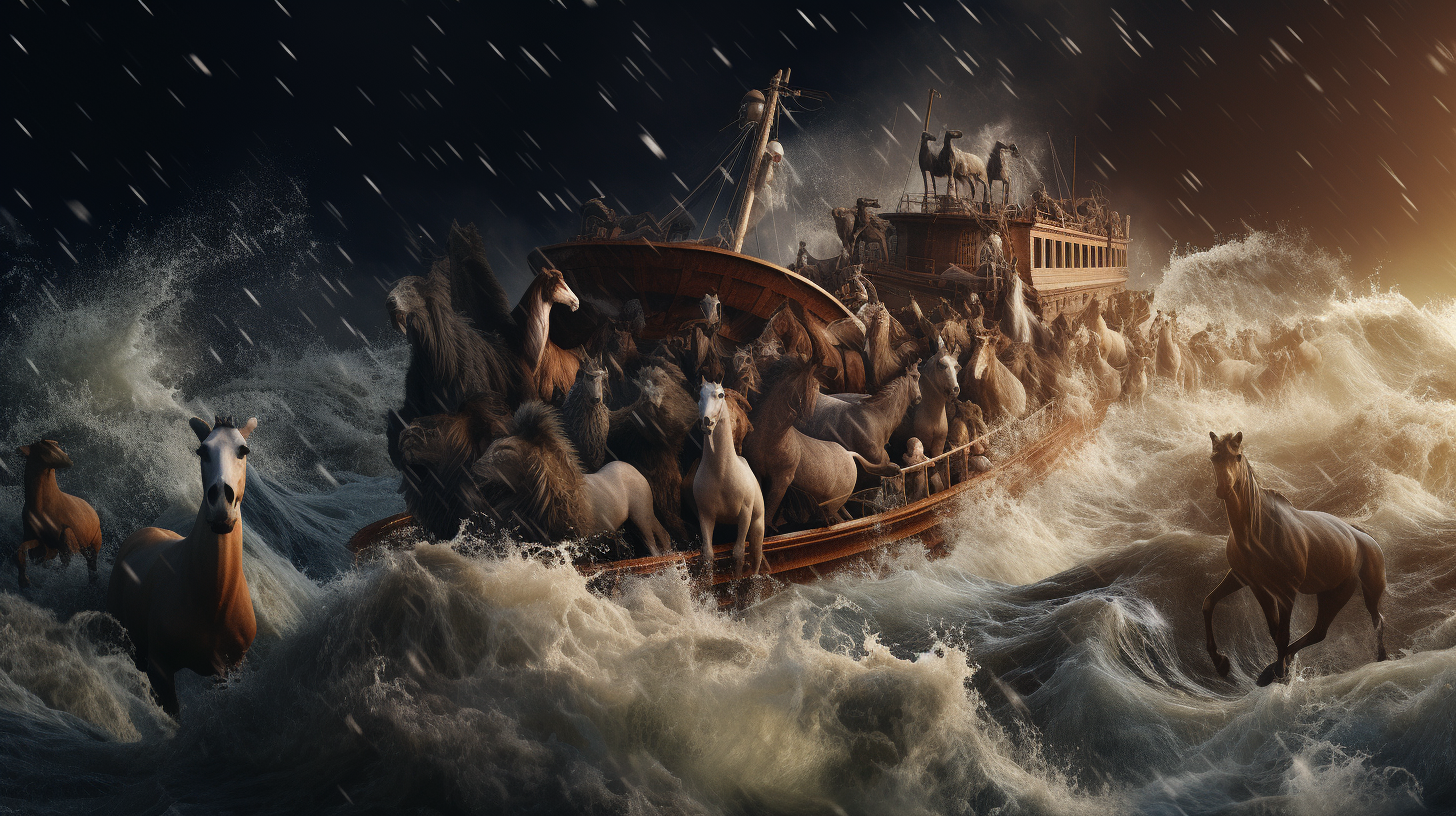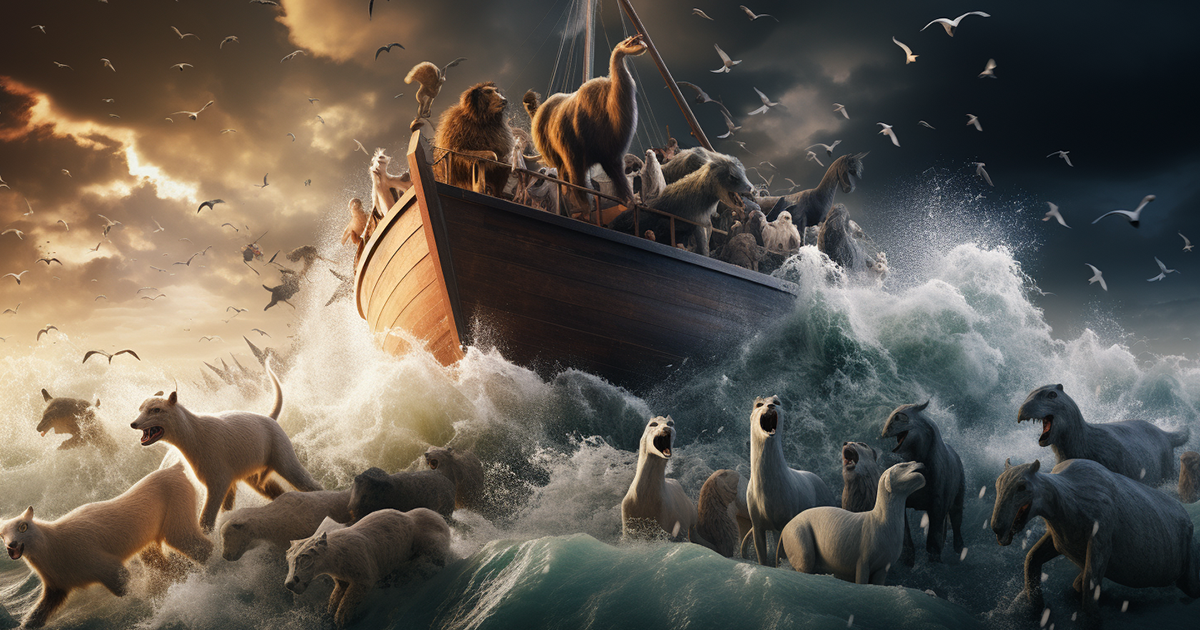In the year 1959, Captain Ilhan Durupanar made a remarkable discovery during an aerial survey over the Turkish Highlands. While documenting earthquake-affected terrain, he stumbled across a find that would intrigue many for years to come.
The unexpected spotting of remnants of a massive vessel at 6,500 feet above sea level, far from any water source, left experts perplexed. This mystery in a remote location sparked discussions revolving around the timeless legend of Noah’s Ark.
Found in the Book of Genesis, the story of Noah’s Ark signifies a pivotal event in biblical tales, tracing from the creation of the universe to the origin of humanity with Adam and Eve.
Upon witnessing human corruption reaching its peak, God chooses to cleanse the Earth, saving only Noah and his family by instructing them to build an ark to accommodate pairs of every animal species on Earth.
The intricate narrative of constructing the ark, its immense proportions (515 feet long, 86 feet wide, 51 feet tall), and the epic 40-day flood weave an enthralling story. Following the receding waters, the ark settles on the Mountains of Ararat in present-day Turkey.
Throughout the ages, scholars and historians have interpreted this story as a symbolic metaphor, a moral lesson depicting the consequences of overstepping divine boundaries.

Despite various perspectives, Captain Durupanar’s discovery and other intriguing findings have aroused interest among explorers and scholars. Do these revelations provide concrete evidence of Noah’s Ark, validating its biblical tale?
The pursuit of proof supporting a colossal ancient flood and the search for the ark offer avenues for investigation. Major natural calamities often leave enduring traces on the landscape lasting for generations.
Interestingly, research indicates a significant flood occurred near Durupanar’s revelation.
In 1997, an expedition led by Americans William Ryan and Walter Pittman, involving geologists, geophysicists, and oceanographers, unveiled evidence of the Black Sea Deluge.
This geological event, estimated around 8,000 years ago, occurred due to a sudden glacier collapse, triggering a surge from the Mediterranean Sea that reshaped the area, eventually forming the Black Sea.
The scale of the flood could have displaced thousands, imprinting a lasting memory on survivors. Could this event lay the foundation for flood stories passed down over ages?
In 1985, a breakthrough emerged in the quest for Noah’s Ark. A 4,000-year-old clay tablet discovered in the attic of a British Air Force veteran hinted at shedding light on the flood event and the ark’s final location.
Despite the time taken to decode the tablet, it offered fresh perspectives on the flood saga, narrating a catastrophic deluge account strikingly resembling the biblical version.
Significantly, the Epic of Gilgamesh, a narrative predating the biblical story by more than a millennium, shares striking similarities with Noah’s Ark, blurring the line between myth and reality.
The prevalence of flood myths across various cultures highlights a common theme: humanity’s resilience and adaptability in the face of disasters. Whether Noah’s flood, the Black Sea Deluge, or the Epic of Gilgamesh, these stories showcase our ability to endure nature’s toughest trials.
Watch the Video Below:
In conclusion, the enduring saga of Noah’s Ark remains a source of interest, serving as a poignant reminder that beneath the layers of myth and history lies a testament to human ingenuity and determination when facing nature’s greatest challenges.
